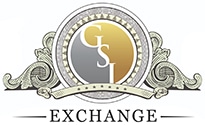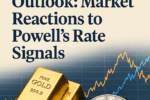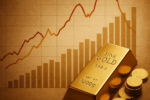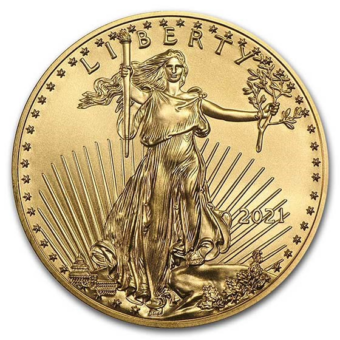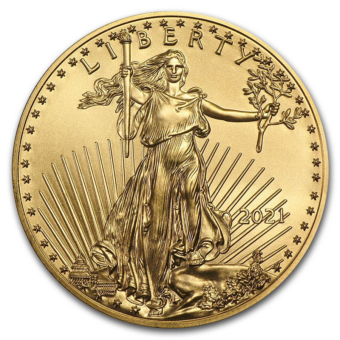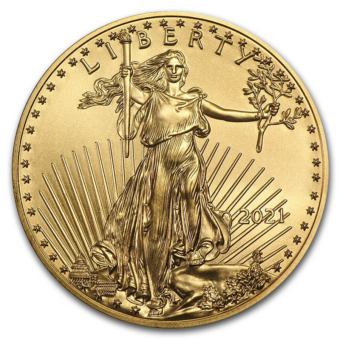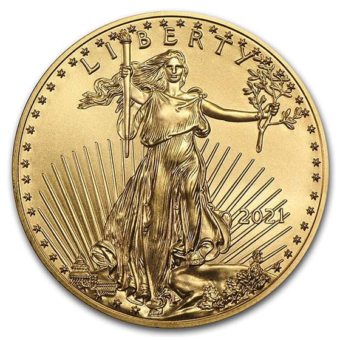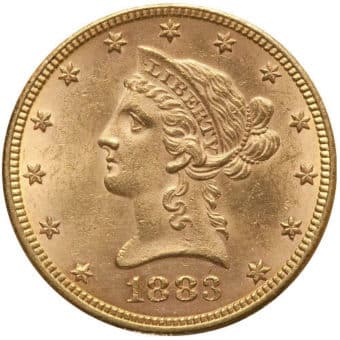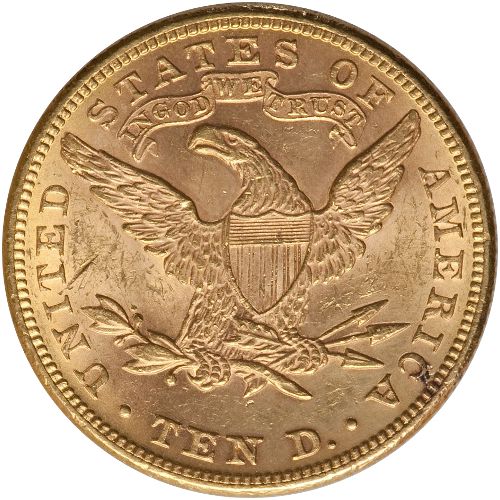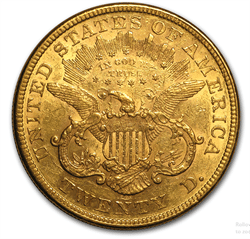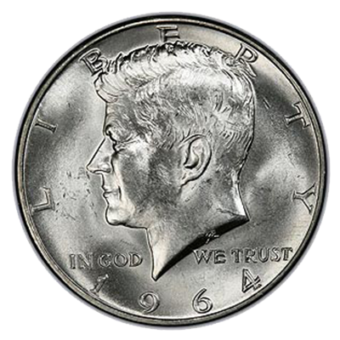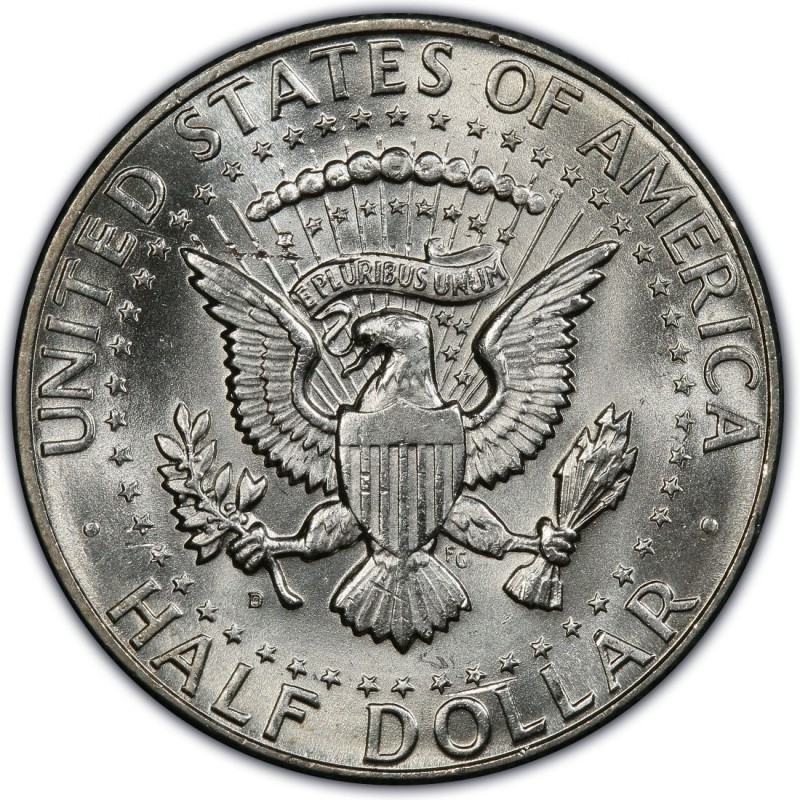Monday - 7.28.25: Gold prices fell sharply to a two-week low Monday, pressured by a stronger U.S. dollar, rising Treasury yields, and improved market risk appetite, with August gold down $27.50 at $3,307.90 and silver nearly flat. A new U.S.–EU trade deal imposing 15% tariffs on most EU exports—including autos—boosted the dollar and hurt the euro, signaling perceived U.S. advantage in the agreement. Meanwhile, U.S.–China trade tensions eased as both sides are expected to extend their tariff truce ahead of upcoming talks in Stockholm, providing additional headwinds for safe-haven assets like gold.
Tuesday - 7.29.25: Gold prices rose moderately Tuesday, supported by higher crude oil and a slight decline in U.S. Treasury yields, with August gold up $13.10 at $3,323.00, while silver held steady. As the Fed’s two-day policy meeting began, markets widely expect no rate change, though Powell may hint at a more dovish stance amid political pressure to ease rates. Looking ahead, Fidelity International predicts gold could reach $4,000 by 2026, driven by expected Fed rate cuts, central bank buying, fiscal deficits, and a weaker U.S. dollar, reinforcing gold's role as a resilient hard asset.
Wednesday - 7.30.25: Gold and silver prices dropped to three-week lows by midday Wednesday, pressured by stronger-than-expected U.S. economic data that bolstered the case for continued hawkish monetary policy. December gold fell $26.20 to $3,354.70, and September silver dropped $0.531 to $37.755. The U.S. economy grew at a 3% annualized rate in Q2—well above forecasts—driven by reduced imports and steady consumer spending, making near-term Fed rate cuts less likely. Markets are now focused on the Fed’s policy decision and Powell’s upcoming remarks, with no rate change expected but hints at a possible easing stance this fall.
Thursday - 7.31.25: Gold dipped slightly midday on mild profit-taking, while silver tumbled to a four-week low amid heavy futures selling, partly triggered by spillover from copper’s sharp collapse following Trump’s surprise tariff exemption on refined copper. December gold slipped $4.70 to $3,348.10, and September silver dropped $1.049 to $36.69. Meanwhile, central bank gold buying slowed in Q2, down a third from Q1, with 2025 demand now forecast at 815 tons—the lowest since 2022.
Friday - 8.01.25: Gold surged early Friday, jumping $48.60 to $3,397.20, after a much weaker-than-expected U.S. jobs report fueled expectations of a Fed rate cut. July non-farm payrolls rose by just 73,000 vs. 100,000 expected, the unemployment rate ticked up to 4.2%, and May–June job gains were revised down by a hefty 258,000. With mounting evidence of a softening labor market, markets now see a 75% chance of a rate cut in September.
Gold Leaps as Job Gains Miss, Past Data Revised Sharply Lower
Weak July jobs print and massive downward revisions fuel gold rally on safe-haven appeal.
The Big Picture
Gold caught a strong bid Friday as fresh signs of labor market weakness rippled through the U.S. economy. July's nonfarm payrolls came in well below expectations, and massive downward revisions to May and June data raised red flags. The result? A $30 surge in gold prices, as investors moved quickly to price in softer economic conditions—and possibly, rate cuts.
What’s Happening
The U.S. added just 73,000 jobs in July, missing forecasts for a 106,000 gain. But the bigger shock came from revisions: May and June job gains were slashed by a combined 258,000. June’s final figure now stands at just 14,000 jobs added, while May sits at 19,000.
The unemployment rate ticked up to 4.2%, matching economist expectations, but the overall trend paints a picture of cooling job growth and a weakening labor market.
Gold responded decisively. Spot prices jumped 1.3% to $3,333.25 an ounce, with safe-haven buying intensifying amid the poor labor showing.
By the Numbers
- July nonfarm payrolls: +73,000 (vs. +106,000 expected)
- June revised to: +14,000 (from +172,000)
- May revised to: +19,000 (from +119,000)
- Total revision (May & June): –258,000
- Unemployment rate: 4.2% (no change from forecast)
- Gold price: $3,333.25/oz (+$30, +1.3% on the day)
Why It Matters
This jobs report could mark a turning point. For months, markets have debated whether the economy is overheating or quietly slowing. These revisions tip the scale toward the latter. If job growth continues to stumble, it could prompt the Fed to shift its tone—or even act sooner than expected.
For gold, the implication is clear: weaker jobs mean a weaker dollar, potential rate cuts, and stronger demand for safe-haven assets. The sharp revisions also cast doubt on the reliability of recent labor strength narratives.
The Bottom Line
Gold’s jump isn’t just a reaction—it’s a signal. The labor market is showing real cracks, and investors are repositioning fast. With job growth slowing and prior gains disappearing under revision, the case for gold as a hedge against economic softness just got a major boost.
Retail Gold Rush: Investment Demand Roars Back Amid Global Uncertainty
WGC says Q2 gold demand surged on safe-haven flows, despite record prices and mixed global trends.
The Big Picture
Retail investors are back—and in a big way. According to the World Gold Council’s Q2 Demand Trends report, gold demand rose 3% year-over-year to 1,249 tonnes, driven largely by a surge in investment demand despite all-time-high prices. Bar and coin buying hit a decade-high first half, ETFs saw inflows, and gold proved its appeal as a hedge against inflation, geopolitical risk, and a weaker dollar.
What’s Happening
Gold demand showed broad-based strength across retail and institutional segments. Investment demand soared 78% YoY, with 170 tonnes flowing into ETFs during Q2. Chinese demand led globally, while Western investors returned to gold-backed funds at levels not seen since 2020.
Even bar and coin demand remained solid—defying the usual drop-off seen when prices are high. Jewelry demand fell sharply by tonnage but still rose in dollar terms, indicating buyers are spending more despite buying less.
Central bank demand slowed by 21% YoY but remained strong relative to historical averages. Technology demand slipped, and recycled gold supply lagged the price surge, indicating sellers remain hesitant.
By the Numbers
- Total gold demand (Q2): 1,249 tonnes (+3% YoY)
- Investment demand: 477.2 tonnes (+78% YoY)
- ETF inflows: 170 tonnes in Q2
- China gold investment demand: +44% YoY
- Jewelry demand: 341 tonnes (–14% YoY), $36B (+21% YoY)
- Central bank purchases: 166 tonnes (–21% YoY)
- Tech demand: 78.6 tonnes (–2% YoY)
- Recycled supply: 347.2 tonnes (+4% YoY)
- Total gold supply: 1,248.8 tonnes (+3% YoY)
- Mine production: 908.6 tonnes (+1% YoY)
Why It Matters
This marks the strongest first half for physical gold investment since 2013. Economic uncertainty, trade disruptions, and record prices have not deterred buyers—in fact, they’ve encouraged them.
ETF inflows are back in focus as fundamentals improve, and expectations of Fed rate cuts could add fuel. While central banks tapped the brakes slightly, long-term gold allocation remains intact.
Recycling has underperformed expectations, showing that many are holding onto their gold despite a 40% year-over-year price jump.
The Bottom Line
Gold’s Q2 demand resurgence underscores its strategic role amid global uncertainty. From retail bars to central bank vaults, buyers are looking past high prices and focusing on gold’s value as a diversifier, inflation hedge, and crisis asset. With ETF momentum returning and the Fed possibly eyeing rate cuts, gold’s bull case isn’t just intact—it’s strengthening.
Gold Holds Firm Above $3,300 Despite Lukewarm Inflation Report
Muted U.S. PCE data sparks little market reaction—but steady gold gains suggest deeper support beneath the surface.
The Big Picture
Gold prices have climbed back above the $3,300 level after rebounding from a sharp midweek selloff. Despite hotter-than-expected inflation data, gold traders remained largely unfazed. The market’s resilience suggests confidence in gold’s role as a hedge—regardless of near-term noise in Fed policy expectations.
What’s Happening
June’s U.S. core PCE index—an inflation measure closely watched by the Fed—rose 0.3%, matching the previous month’s gain and consensus expectations. Annual core inflation edged up to 2.8%, slightly above the forecasted 2.7%. While headline inflation also rose 0.3%, year-over-year inflation held steady at 2.6%.
Gold’s muted reaction reflects the market’s focus on broader macro narratives rather than any one inflation print. Spot gold hovered near $3,307.80, gaining 1% on the day, despite Powell’s recent comments casting doubt on a September rate cut.
By the Numbers
- Spot gold: $3,307.80/oz
- Daily move: +1%
- Core PCE (monthly): +0.3%
- Core PCE (annual): +2.8% (vs. 2.7% est.)
- Headline inflation: +0.3% monthly; +2.6% YoY
- Personal income: +0.3% (vs. 0.2% est.)
- Personal spending: +0.3% (vs. 0.4% est.)
Why It Matters
The Fed’s 2% inflation target remains elusive, but the data doesn’t scream emergency either. With core PCE in line and consumer spending slowing, policymakers may opt for patience. Powell’s recent comments hint at caution, not conviction, when it comes to rate cuts.
For gold, the market’s strength in the face of modest inflation surprises shows it’s still anchored by underlying macro uncertainty—and possibly a broader expectation that looser monetary conditions are coming, even if delayed.
The Bottom Line
Gold’s quiet strength could signal a slow build toward higher prices, supported by macro headwinds like cooling growth and persistent inflation. The lack of a strong reaction to the PCE report suggests investors may already be looking past individual data points and focusing on the bigger picture: a dovish turn from the Fed, softening consumer activity, and gold’s enduring safe-haven appeal.
Gold’s Next Stop: $4,000? Fidelity Thinks So
Crypto traders are diving into lesser-known tokens as altcoins outperform Bitcoin—but the ride is riskier than it looks.
The Big Picture
Fidelity International is doubling down on gold—literally. The firm believes the yellow metal could climb to $4,000 per ounce by the end of 2026, thanks to a more dovish Federal Reserve, a weakening U.S. dollar, and relentless central bank demand. Despite trading in a narrow range near $3,315, gold is up over 25% this year, fueled by global instability, Trump’s trade policies, and fiscal uncertainty.
What’s Happening
Gold hit a record above $3,500 earlier this year before cooling off. But according to Fidelity’s Ian Samson, the pullback was an opportunity. Some portfolios have doubled their previous 5% gold allocation, anticipating rate cuts and seasonal equity weakness in August. Geopolitical flashpoints—from Ukraine to the Middle East—alongside Trump’s new tariffs, are all adding fuel to gold’s safe-haven appeal.
By the Numbers
- Gold price peak: Above $3,500/oz in April
- Current price: ~$3,315
- Projected price: $4,000 by end of 2026
- Gold YTD performance: +25%
- Historic bull run stat: +20% per year (2001–2011 and 2021–today)
- Fidelity portfolio shift: Some doubled their 5% gold allocation
Why It Matters
Fidelity’s bullish call aligns with Goldman Sachs, who also see a path to $4,000. Not everyone’s convinced—Citigroup expects weaker prices. The case for gold hinges on slowing U.S. growth, a dovish Fed, and a dollar under pressure. Fed Chair Jerome Powell could face dissents favoring easier policy. Trump’s push for rate cuts and a potentially more dovish successor also strengthen the bull case. Lower rates and a soft dollar tend to lift gold, and global central banks show no signs of slowing their purchases.
The Bottom Line
Gold may be entering its next super-cycle—but the road won’t be smooth. Fidelity is betting that macro headwinds like debt, inflation fears, and geopolitical tension will keep demand strong. With some major institutions raising their stakes, the $4,000 target is no longer fringe—it’s a forecast gaining traction. Still, with divergent outlooks, investors need to weigh the upside carefully against the risks.
Next Week’s Key Events
Economic Calendar: August 4 – August 8, 2025
Monday, August 4
None scheduled
Tuesday, August 5
- 9:45 AM ET – S&P Final U.S. Services PMI (July)
Tracks service-sector activity; helps gauge broader economic conditions.
- 10:00 AM ET – ISM Services (July)
Measures service industry health; a key indicator for overall economic momentum.
Wednesday, August 6
None scheduled
Thursday, August 7
- 8:30 AM ET – Initial Jobless Claims (Week Ending August 2)
Weekly measure of unemployment trends; closely watched for labor market shifts.
- 10:00 AM ET – Speech: Atlanta Fed President Raphael Bostic
Can offer insights into Fed policy leanings and economic outlook.
- 3:00 PM ET – Consumer Credit (June)
Tracks growth in household borrowing; sheds light on consumer spending and debt levels.
Friday, August 8
None scheduled
IMPACT ON PRECIOUS METALS MARKETS
S&P Final U.S. Services PMI (Tuesday, August 5):
A strong services reading may point to resilient economic activity, reducing demand for safe-haven metals. A weak number could boost gold and silver on slowdown fears.
ISM Services (Tuesday, August 5):
Better-than-expected data may weigh on precious metals as risk appetite strengthens. A contraction could increase safe-haven buying.
Initial Jobless Claims (Thursday, August 7):
Rising claims may suggest labor market weakness, favoring gold and silver. Lower-than-expected claims might pressure metals by reinforcing economic strength.
Atlanta Fed President Bostic Speech (Thursday, August 7):
Hawkish comments may drag on gold by signaling tighter monetary policy. Dovish tones could support metals on expectations of easing or rate cuts.
Consumer Credit (Thursday, August 7):
Surging credit growth may indicate robust consumer spending, limiting metals demand. Slower credit expansion could hint at consumer caution, potentially supporting gold and silver.
